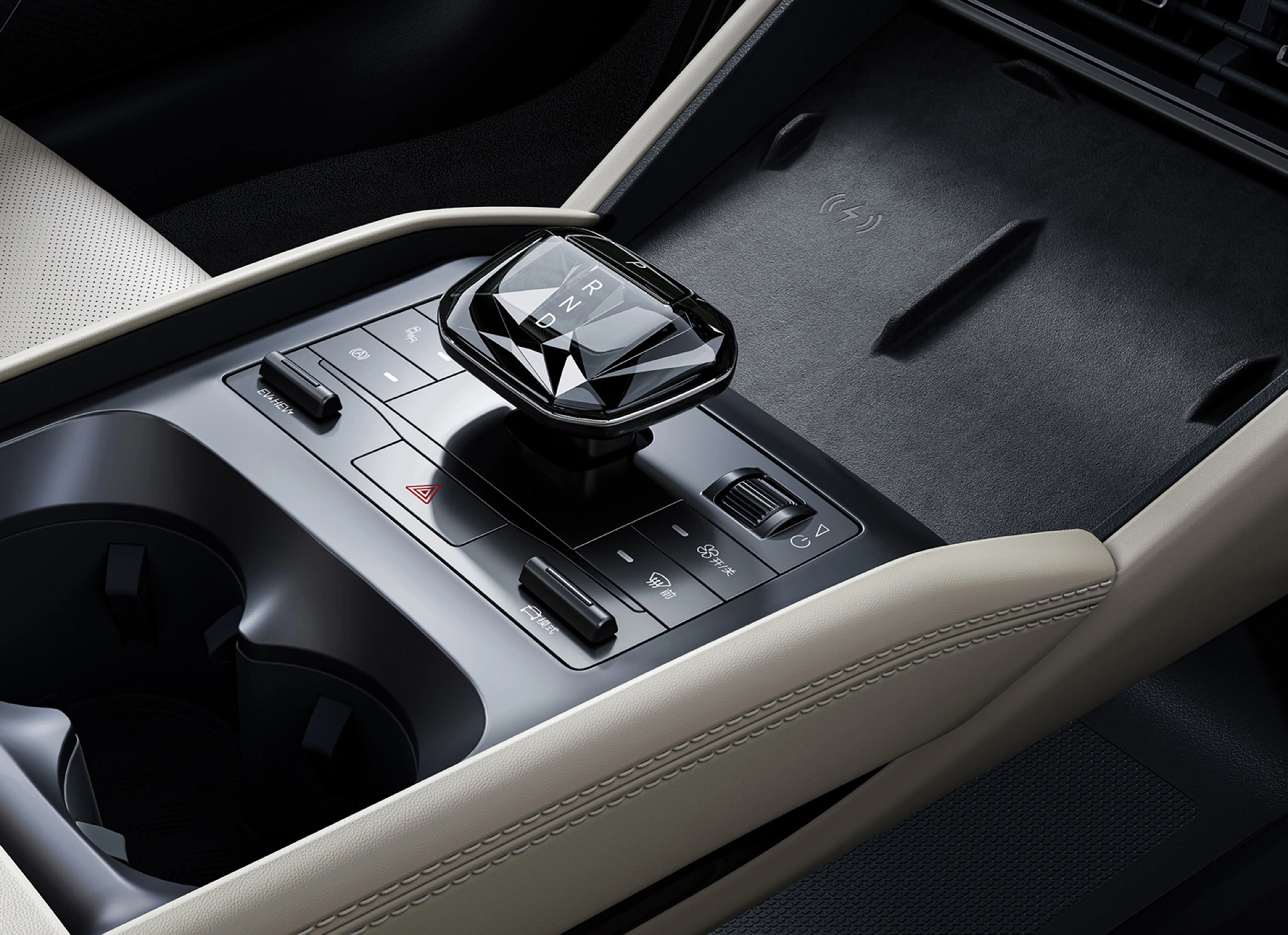tracked skid loader
The Versatility of Tracked Skid Loaders in Modern Construction
Tracked skid loaders have emerged as a powerful tool in the construction and landscaping industries, offering a unique combination of versatility, maneuverability, and efficiency. Unlike their wheeled counterparts, tracked skid loaders distribute their weight across a larger surface area, which minimizes ground pressure and allows for operation in soft or uneven terrain. This capability makes them an ideal choice for a variety of tasks, from site preparation to material handling.
One of the most significant advantages of tracked skid loaders is their exceptional traction. The continuous tracks provide a strong grip on slippery or loose surfaces, such as mud, snow, and gravel. This feature is especially beneficial in construction sites where weather conditions can pose challenges. Operators can confidently maneuver their machines without the fear of getting stuck, thereby enhancing productivity and reducing downtime.
In addition to traction, tracked skid loaders excel in their compact size. They are designed to fit into tight spaces, making them invaluable for urban construction projects and residential landscaping. Their smaller footprint allows for easier navigation through narrow pathways and confined areas, where larger equipment cannot operate effectively. This agility enables contractors to access hard-to-reach spots, ensuring that no area is overlooked during construction or landscaping.
Moreover, tracked skid loaders come equipped with a multitude of attachments that extend their functionality beyond simple moving and lifting tasks. With attachments such as bucket scoops, forks, rakes, and even specialized tools like grinders or trenchers, these machines can adapt to various job requirements. This flexibility not only makes tracked skid loaders a cost-effective choice for businesses, as they can replace multiple pieces of equipment but also allows operators to switch tasks quickly, promoting workflow efficiency.
tracked skid loader

The operational efficiency of tracked skid loaders is further enhanced by their powerful engines. Most models feature high horsepower ratings, enabling them to accomplish demanding tasks such as lifting heavy loads and pushing large amounts of material with ease. This power translates into quicker job completion times, which is essential in a competitive industry where time translates to money.
Additionally, tracked skid loaders contribute to worker safety on construction sites. Their stable stance and low center of gravity reduce the risk of tipping over compared to wheeled loaders, especially on uneven ground. Furthermore, the enclosed cab designs in many modern models provide operators with protection from debris, noise, and harsh weather conditions, creating a safer working environment.
However, there are considerations to take into account when using tracked skid loaders. Their tracks, while advantageous on soft ground, can cause damage to finished surfaces, such as concrete or delicate landscaping features. Careful operation and planning are necessary to minimize potential harm during projects that involve these aspects.
In conclusion, tracked skid loaders represent a significant advancement in construction and landscaping machinery, combining versatility, power, and safety into a compact design. As construction projects continue to evolve and demand more efficient solutions, the role of tracked skid loaders will undoubtedly become even more prominent. Their ability to navigate challenging terrain, adapt to various tasks, and enhance job site safety makes them an indispensable asset for contractors and operators alike. With continued advancements in technology and machinery design, the future of tracked skid loaders promises to be innovative and sustainable, driving the construction industry toward greater efficiency and productivity.
-
SINOTRUK HOWO 84 Electric Dump Truck for Eco-Friendly Heavy HaulingNewsJul.26,2025
-
The Fast 16-Gear Manual Transmission Assembly for Heavy TrucksNewsJul.25,2025
-
Mercedes Benz Actros 1848 42 Tractor Truck for Sale - Reliable PerformanceNewsJul.24,2025
-
High-Quality Water Pump Assembly for Sinotruk Trucks – Durable & ReliableNewsJul.23,2025
-
Premium Truck Engine Antifreeze Coolant Fluid for Heavy Duty VehiclesNewsJul.22,2025
-
FOTON View G7 Mini Bus: Affordable & Spacious TransportNewsJul.22,2025
Popular products

























